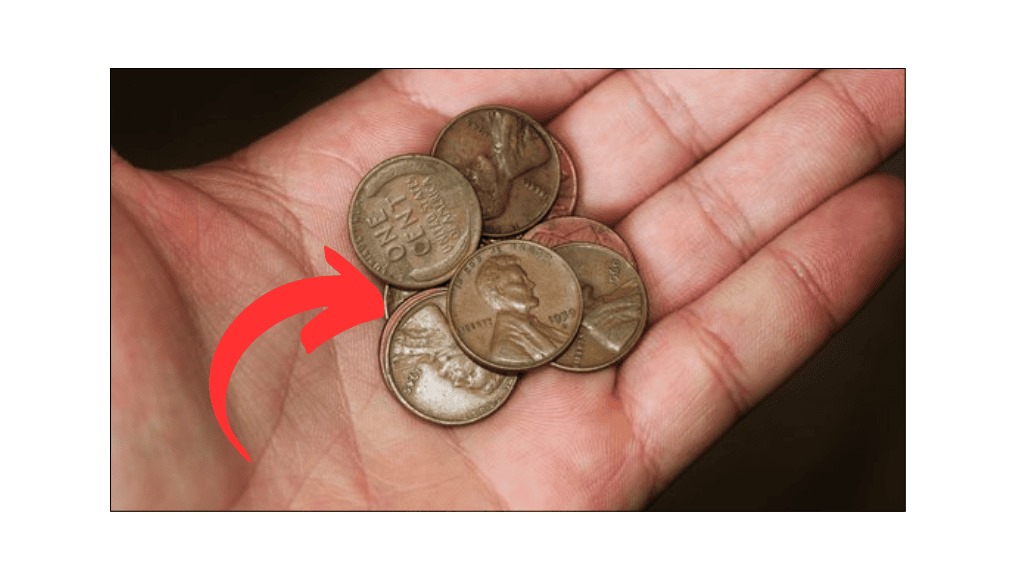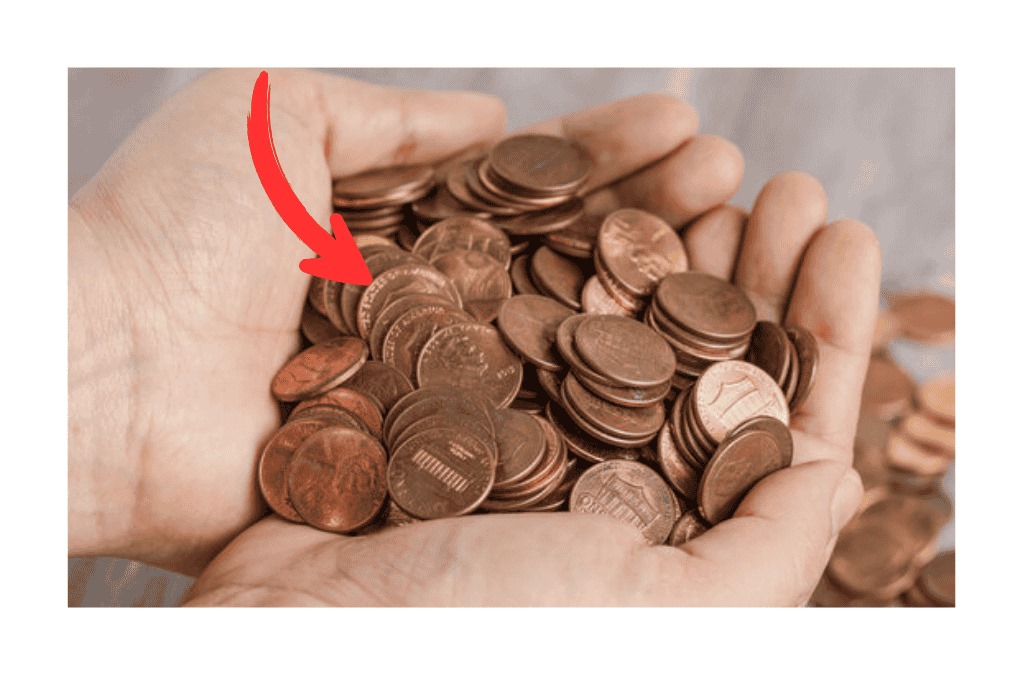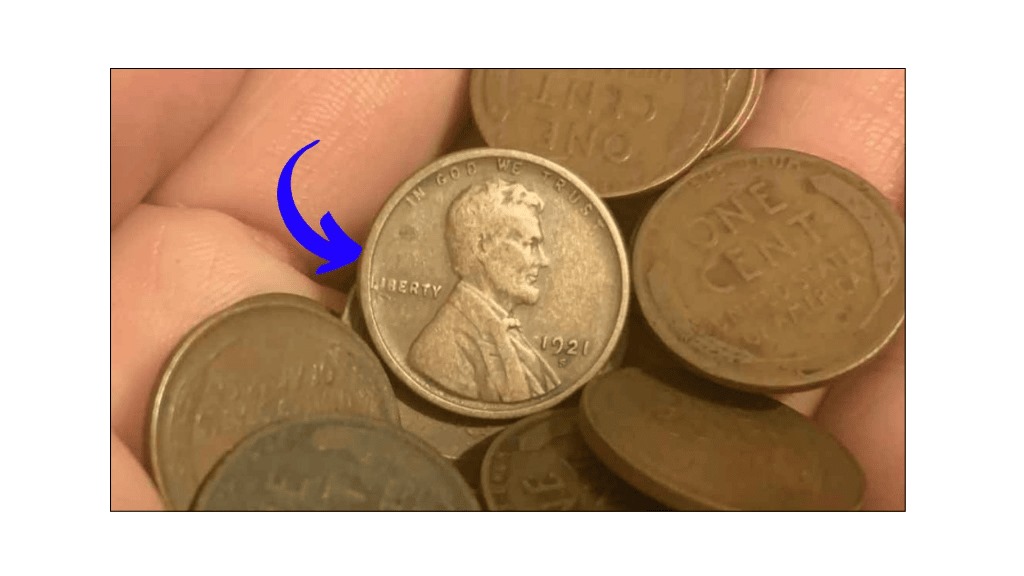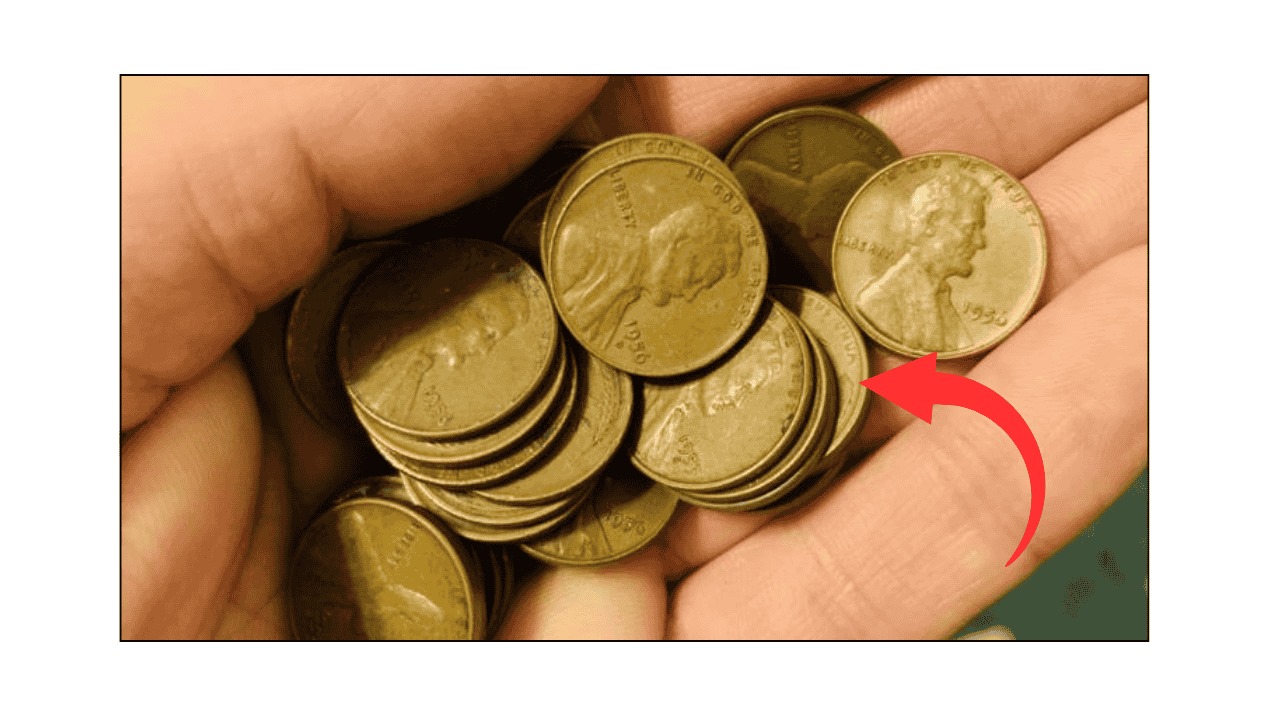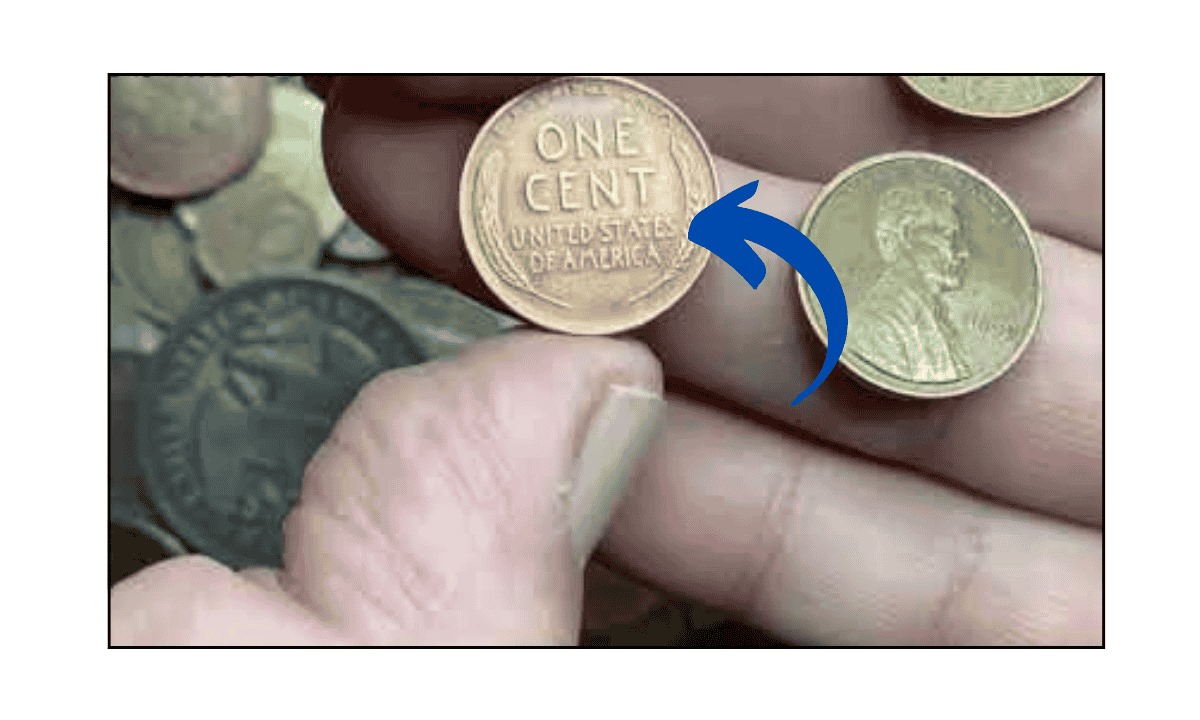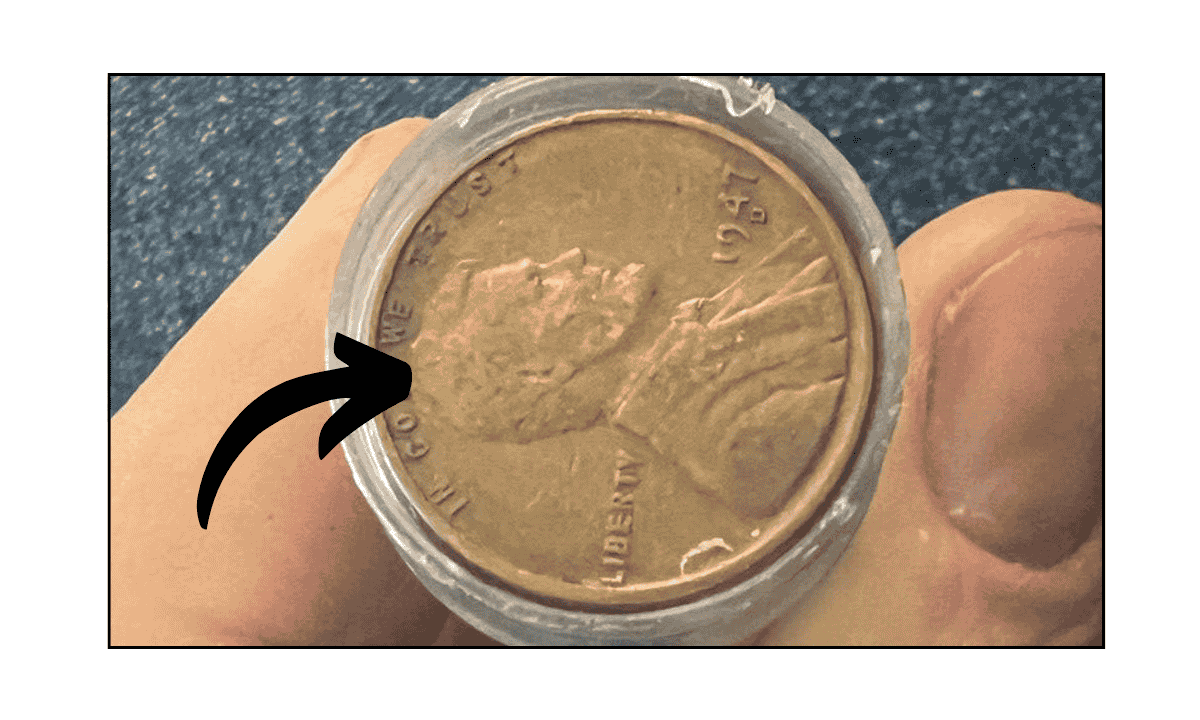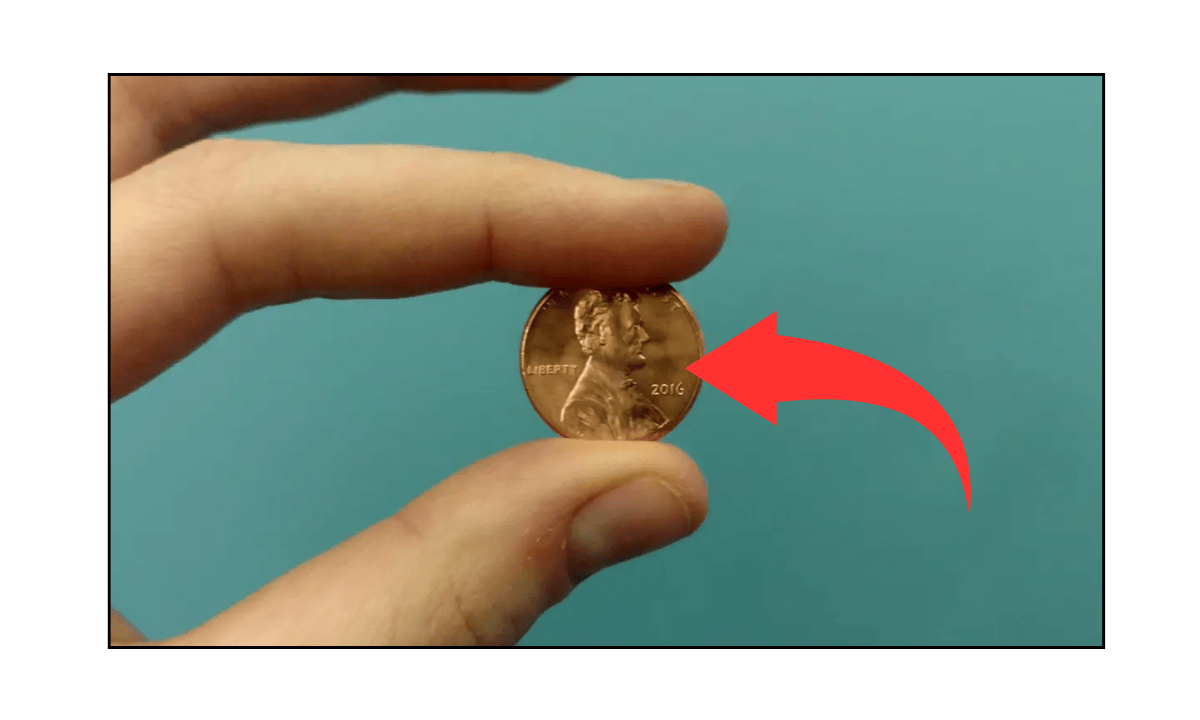In the world of numismatics (coin collecting), rare coins are often seen as treasures. For many, the idea that a simple penny could fetch a fortune seems far-fetched. But one specific Lincoln Wheat Penny recently made headlines by being valued at an astonishing $2,195,000.
The best part? It’s still technically in circulation. This rare and valuable coin isn’t locked away in a museum; it could be right there in your pocket change, waiting to be discovered. Let’s dive into the fascinating world of the Lincoln Wheat Penny and explore why this particular coin is worth millions.
The History of the Lincoln Wheat Penny
First minted in 1909, the Lincoln Wheat Penny was designed to commemorate the 100th anniversary of Abraham Lincoln’s birth. Created by engraver Victor David Brenner, the penny features a portrait of President Lincoln on the obverse (front) and two stalks of wheat on the reverse (back), symbolizing the country’s agricultural heritage.
The coin became a staple of American currency for decades, with the Wheat design remaining in circulation until 1958, when it was replaced by the Lincoln Memorial design.
Throughout its time in circulation, millions of Lincoln Wheat Pennies were produced, making them a common sight for much of the 20th century. While most of these pennies are now worth only a cent, some rare variations are highly prized by collectors, with certain years and mint marks fetching far more than their face value.
What Makes the $2,195,000 Lincoln Wheat Penny So Valuable?
The specific coin that recently made headlines for its $2,195,000 valuation is a 1943 copper Lincoln Wheat Penny. This is no ordinary penny. In 1943, due to metal shortages during World War II, the U.S. Mint switched to producing pennies made of zinc-coated steel instead of the usual copper. However, a small number of copper pennies were accidentally struck that year due to a mistake at the mint.
These copper pennies, often referred to as the “1943 copper pennies,” are incredibly rare, with estimates suggesting that fewer than 20 such coins still exist today. Most of them are privately owned, and only a few have ever been publicly sold. Because of their rarity, these coins have become one of the most coveted items in the world of numismatics.
The specific 1943 copper penny that fetched $2,195,000 was graded in excellent condition, contributing to its high value. Coins that are well-preserved, without significant wear or damage, tend to be worth much more than those in poorer condition. In fact, this coin’s high-grade condition helped it reach such a sky-high price at auction.
Why Is This Penny Still in Circulation?
Although the 1943 copper Lincoln Wheat Penny is incredibly valuable, it’s still technically in circulation. In practice, this means that while these rare pennies are hardly ever seen in everyday transactions, they are still considered legal tender. The odds of encountering one in your pocket change are astronomically low, but it’s not impossible. Some 1943 copper pennies are still floating around, often unnoticed by the average person.
One reason for this is that most people don’t realize the value of the 1943 copper penny when they come across one. Since the vast majority of Lincoln Wheat Pennies produced during that era are made of zinc-coated steel, the copper ones are often mistaken for normal pennies. Additionally, many of these rare coins have been tucked away in private collections, meaning they rarely change hands.
However, if you happen to find one of these rare copper pennies, it could be worth far more than its face value. Collectors and auction houses are willing to pay significant sums for well-preserved examples of the 1943 copper penny, making it one of the most valuable coins in American history.
What Should You Do if You Find One?
If you believe you’ve found a 1943 copper Lincoln Wheat Penny, there are a few steps you should take to ensure that it’s genuine and properly valued. Here’s what you can do:
- Have the Coin Authenticated: To determine whether the penny is authentic, take it to a professional numismatist or coin dealer who can verify its authenticity. Counterfeits of rare coins are unfortunately common, so it’s essential to have it authenticated before making any decisions.
- Check the Condition: The condition of the coin plays a significant role in its value. Coins with little to no wear, often referred to as being in “mint condition,” are worth much more than those that have been heavily circulated. The better the condition, the higher the value.
- Consult with Experts: If your coin is confirmed to be a genuine 1943 copper penny, it’s best to consult with auction houses or reputable coin dealers to find out the best way to sell it. They can help guide you through the process and ensure you get the best possible price.
The Fascination of Rare Coins
The story of the Lincoln Wheat Penny, particularly the 1943 copper variety, is a reminder of how rare and valuable coins can be. These pieces of history offer a glimpse into the past and serve as a reminder that not all money is created equal. While most pennies today are worth just one cent, some can be worth millions.
Whether you’re a seasoned collector or just an enthusiast, the Lincoln Wheat Penny’s story continues to captivate people around the world. And if you happen to find one of these rare 1943 copper pennies, you may have a little piece of history worth a lot more than you ever expected.
The 1943 copper Lincoln Wheat Penny is a perfect example of how something seemingly small can turn into something extraordinarily valuable. Although the odds of finding one are slim, this coin’s remarkable value shows that even the most overlooked items can be worth a fortune. So, the next time you receive a penny, take a closer look—you never know when you might stumble upon a piece of history that could change your life.
FAQs
What is a Lincoln Wheat Penny?
It’s a US one-cent coin made from 1909 to 1958 with Abraham Lincoln’s face on one side and two wheat stalks on the back.
Why is one Lincoln Penny worth $2,195,000?
Because it’s a rare version, likely the 1943 bronze penny which was mistakenly minted during World War II when most pennies were made of steel.
Can this rare penny still be found in circulation?
Yes, some may still be in circulation. People sometimes spend them without knowing their true value.
How do I know if my penny is rare?
Check the year, material, and mint mark. Rare years like 1943 in bronze and printing errors can mean your coin is valuable.
What should I do if I find a rare Lincoln Wheat Penny?
Keep it safe and get it appraised by a coin expert to know its true value.
